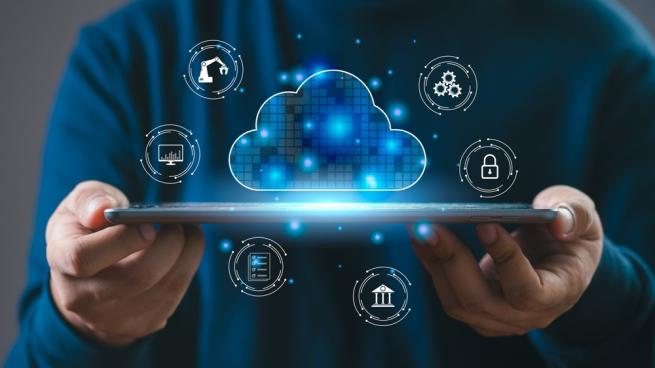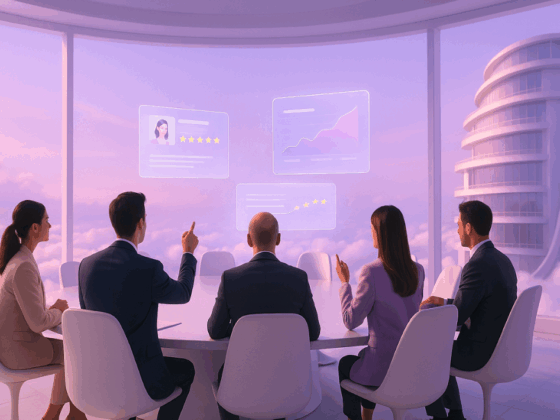
Redefining Hotel-Technology Partnerships
In today’s fast-paced hospitality industry, the relationship between hotels and their technology partners is undergoing a profound transformation. Rather than merely offering solutions, technology providers are now positioning themselves as collaborative partners, working hand-in-hand with hotels to co-create a future that prioritizes innovation and guest satisfaction.
Francisco Pérez-Lozao, President of Hospitality at Amadeus, emphasizes this shift: “This is not about selling products to hoteliers. We want to be partners. This is about sitting together with hoteliers and trying to see what the future holds, how we can help them transform, how we can encourage more and better guest engagement, and how we can help them differentiate their properties.”
This collaborative approach is crucial as hotels begin to navigate complex IT transformation projects that will ultimately allow them to connect more effectively to demand channels, streamline operations, and ultimately enhance the guest experience. This redefined partnership model is set to play a pivotal role in how hotels adapt to the challenges of today and lead the way into the future.
Hoteliers deserve better, Pérez-Lozao notes. They deserve a cloud-based end-to-end solution that is easy to upgrade and offers a consistent data architecture.
“Data is the name of the game,” he explains. “If your hotel doesn’t have a consistent data architecture, you’re not going to be able to take advantage of the newest technologies, ultimately leading to lost revenue.”
For example, when hoteliers have a consistent data architecture, they can offer digital merchandising.
“Hotels have so much more to offer guests than just a couple of different room types,” Pérez-Lozao says. “There are all sorts of ways to upsell and engage with guests digitally before they step foot on the property.”
Plus, digital merchandising can help hoteliers differentiate their brand from all the others that are vying for that customer’s attention and dollars.
But hoteliers have to also ensure that the end-to-end solution they’re using can scale quickly and offer guests an almost instantaneous shopping experience.
“This is incredibly important because as we move into the world of digital merchandising, the number of transactions will literally explode,” he explains. “Hotels are competing with Amazon and Google for guest expectations when it comes to shopping requests. They expect answers to their queries within 150 milliseconds.”
However, Pérez-Lozao says hoteliers will never be able to offer guests a fast and resilient digital shopping experience without first transitioning all of their hotel tech stack to the cloud.
“Hoteliers never want to deal with a ‘downed’ system,” he explains. “Take for example IHG. They have six synchronized instances of the same inventory running within the cloud in different data centers. This allows them to deliver exceptionally fast response times to queries and if one of the six inventories ever stops working, there are five others to immediately pick up the slack. That’s what cloud-native design really means.”
Getting the industry to transition from their current infrastructure to an end-to-end solution won’t be easy.
“We’re not going to be able to transform the industry in the blink of an eye,” he notes. “This is going to be a long journey of 10 years (or maybe more!) because so many other pieces of hotel technology infrastructure will need to change and adapt: property management systems, revenue management systems, etc.”
However, Pérez-Lozao believes that this transition is very necessary to drive guest loyalty and revenue.
“Last year we did a survey, and they told us that revenue could increase by at least five percent,” he says. “I believe that it will actually be higher.”









